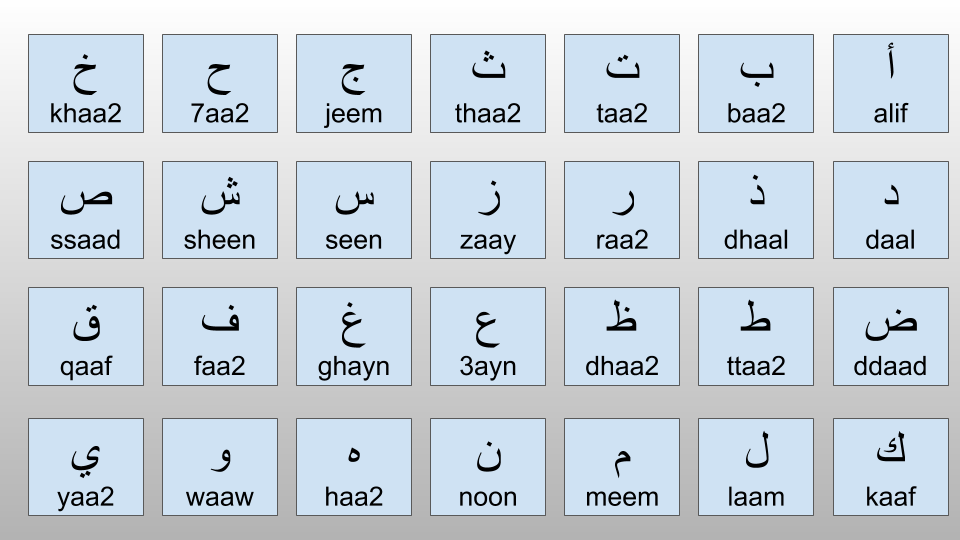

The Sarawak local station broadcasts programs in Mukah Melanau (Melanau) and Iban, while the one in Sabah provides programs in Bajau Darat (Sama, Southern) and Tengara Dusun. Radio Malaysia provides channels for Malay, English, Mandarin, and Tamil. There are monolinguals among the Malays, but most are bilingual at least, with English or Arabic as their second language.

A great majority of non-Malay Malaysians know at least two languages: their own and Malay. The multilingual nature of the country, supported by the education system, has made Malaysians bilingual. Foreign languages such as Japanese and French are taught in certain secondary schools.

The POL classes so far are for Mandarin, Tamil, and Iban. ‘Pupils' own languages’ (POL), that is, mother tongues, are taught in national schools if there is a request from at least 15 pupils to form a class. All national and national-type schools are required to teach English, which has been given the status of a second language. The national-type schools are required to teach Malay as a compulsory subject. Malay is also the main medium of instruction, which means that there are other language mediums allowed in the education system of the country: Arabic (Arabic, Standard) in Islamic schools, and Mandarin (Chinese, Mandarin) and Tamil in the national-type schools (those using a language other than the national language as medium of instruction, as opposed to national schools that use Malay). It is written in Arabic and Roman scripts, but it is the latter that is the official writing system. The national language policy of Malaysia states that Malay is the national and official language. Asmar, in Encyclopedia of Language & Linguistics (Second Edition), 2006 Language Policy Kurdish, which is, somewhat distantly, related to Persian, has modified the Arabic script in such a way that short vowels can be represented this expedient also disguises the shape of the Arabic, Persian, and Turkish elements, but it appears to have had no antireligious origin. The modified Latin orthography of modern Turkish works well, but it does tend to disguise the Arabic and Persian borrowings in its reproduction of their Turkish pronunciation: the elements ajzā' ‘components, drugs’ (plural of Arab juz') and khānah ‘house, shop’ (Persian) are barely recognizable in eczane ‘chemist's shop’ fevkalâde ‘extraordinary’ appears somewhat far removed from its Arabic original fawq al-‘āda. It was not well suited to a language with a sophisticated vocalic system, but this reform was also a further step in Atatürk's attempt to diminish the influence of Islam in Turkey it distanced the newly literate both from the Qur'ān and associated Arabic writing and from the corpus of Islamic Turkish and Persian literature. Turkish abandoned the Arabic script in 1928. With some qualifications, it is reasonably well suited to these languages, although the absence of short vowels means that they cannot be read aloud by someone who does not know them. It has been retained for Persian, Urdu, and Pashto, all three of which are, of course, the languages of regions in which Islam is particularly strong. Poetry abounds in metaphors and similes taken from the shapes of the letters. The art of calligraphy was highly valued, and the Arabic script, often in highly ornate and fantastic forms, became one of the principal features of all the decorative arts. The respect in which it was held amounted almost to reverence. The Arabic script, with various modifications, was almost universally adopted for other languages of the Muslim world this remained the case until earlier this century, constituting a further bond between Muslims.

Mattock, in Encyclopedia of Language & Linguistics (Second Edition), 2006 The Arabic Script


 0 kommentar(er)
0 kommentar(er)
